Home>Articles>What Can I Use If I Dont Have A Food Processor For Dough
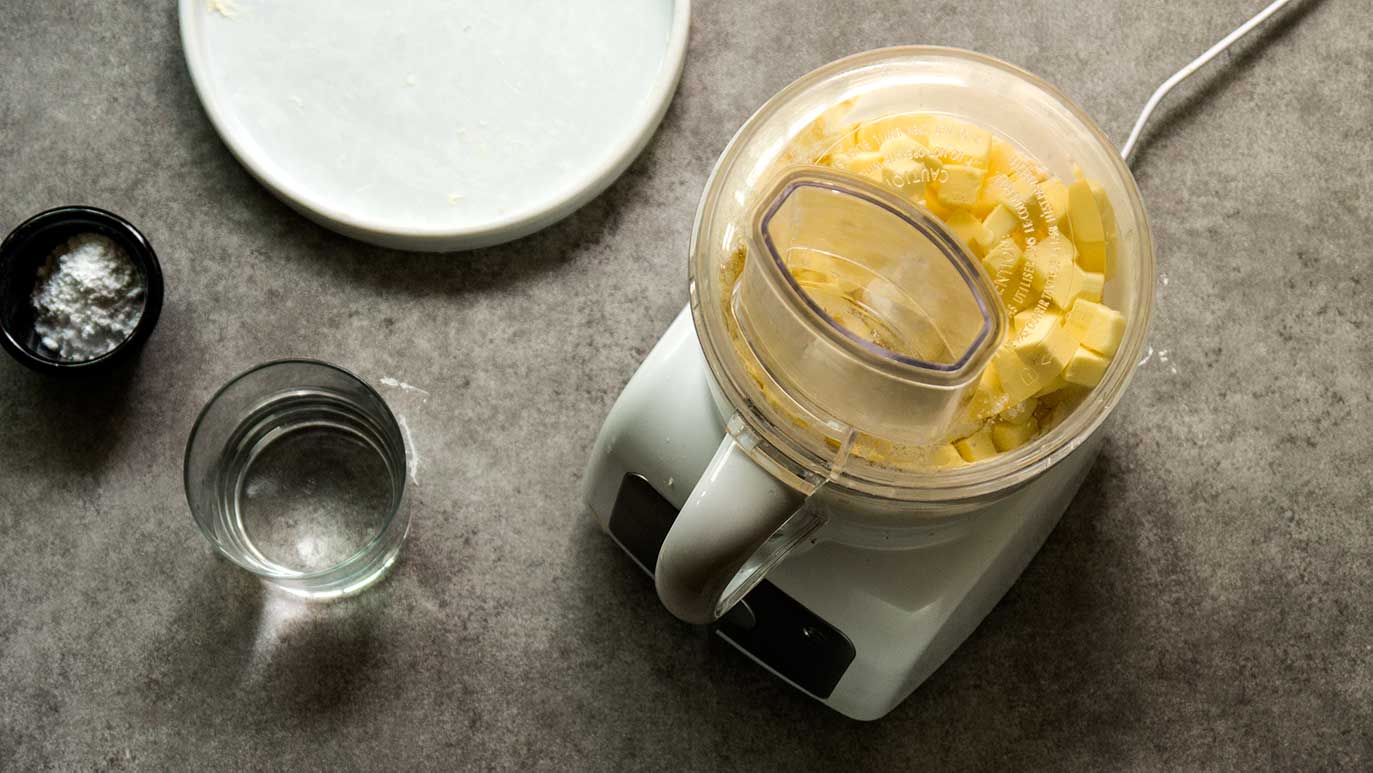

Articles
What Can I Use If I Dont Have A Food Processor For Dough
Modified: August 25, 2024
Discover alternative methods to prepare dough at home without a food processor. Read articles on how to knead and mix dough by hand for delicious results.
(Many of the links in this article redirect to a specific reviewed product. Your purchase of these products through affiliate links helps to generate commission for Storables.com, at no extra cost. Learn more)
Introduction
When it comes to making dough, a food processor is a go-to tool for many home cooks. Its powerful motor and sharp blades make quick work of combining ingredients and kneading dough. However, there may be times when you find yourself without a food processor, whether it’s because yours is in need of repair or you simply don’t own one. But fear not! There are several alternative methods you can use to make dough without a food processor.
In this article, we will explore various traditional and manual methods, as well as alternative appliances that can be used as substitutes for a food processor. Whether you’re making bread, pizza dough, or pastry, we’ve got you covered. So, let’s dive in and discover what you can use if you don’t have a food processor for dough.
Key Takeaways:
- Embrace traditional and manual methods, such as mixing by hand or using a fork, to make dough without a food processor. Connect with age-old techniques and get hands-on with your dough for a rewarding baking experience.
- Explore alternative appliances like stand mixers, blenders, and graters as substitutes for a food processor when making dough. Experiment with different techniques to find the method that best suits your recipe’s requirements and your personal preferences.
Read more: If I Dont Have A Mixer What Can I Use
Traditional Methods
Before the advent of modern kitchen appliances, our ancestors relied on traditional methods to make dough. These methods utilize basic tools that are likely already available in your kitchen. Here are a few traditional methods you can try:
- Mixing by Hand: The most basic method involves mixing the dough ingredients by hand. Start by combining the dry ingredients in a mixing bowl, then gradually add the wet ingredients. Use a spoon or your hands to mix everything together until a shaggy dough forms. Once combined, turn the dough out onto a lightly floured surface and knead it vigorously for about 10-15 minutes until it becomes smooth and elastic.
- Bowl and Spoon: Another traditional method involves using a large mixing bowl and a sturdy spoon. Similar to mixing by hand, combine the dry ingredients in the bowl and make a well in the center. Gradually pour in the wet ingredients and use the spoon to mix everything together. As the dough forms, switch to using your hands to knead it on a floured surface until it reaches the desired consistency.
- Wooden Dough Bowl and Shaping: In some cultures, a wooden dough bowl is used for mixing and kneading dough. The large, shallow bowl provides ample space for incorporating ingredients and kneading. Once the dough is mixed, it can be shaped by hand on a floured surface to achieve the desired form, such as a loaf or round shape.
These traditional methods may require a bit more effort and time compared to using a food processor, but they can be a satisfying way to connect with culinary traditions and produce delicious dough.
Manual Methods
If you don’t have a food processor, there are several manual methods that can be used to make dough. These methods may take a bit more physical effort, but they can be just as effective. Here are some manual methods to consider:
- Kneading by Hand: The traditional way of kneading dough involves using your hands. Start by mixing the ingredients in a bowl until well combined. Then, transfer the dough onto a clean and floured surface. Use the heel of your hand to push and stretch the dough away from you and then fold it back over itself. Continue this motion, adding more flour if necessary, until the dough becomes smooth and elastic.
- Using a Wooden Spoon: If you prefer not to get your hands messy, a wooden spoon can be an effective tool for combining and kneading dough. Start by mixing the ingredients in a large bowl using the spoon until a shaggy dough forms. Then, transfer the dough to a floured surface and continue kneading with the spoon, using a stirring and folding motion until the dough becomes smooth and elastic.
- Dough Whisk: A dough whisk is a specialized tool designed for mixing and kneading dough by hand. It has a unique shape with multiple wire loops that help incorporate ingredients evenly. Use the dough whisk to mix the ingredients until well combined, then transfer the dough to a floured surface and continue kneading until smooth and elastic.
- Folding Method: The folding method involves gently folding the dough over itself to develop gluten and create structure. Start by mixing the ingredients until combined. Then, turn the dough out onto a floured surface and gently flatten it with your hands. Fold one side of the dough over to the center, then fold the opposite side over that. Repeat this folding process several times, rotating the dough each time, until it becomes smooth and elastic.
These manual methods might take a bit more time and effort, but they can be a rewarding way to make dough without relying on a food processor. Experiment with different techniques to find the method that works best for you.
Using a Stand Mixer
If you have a stand mixer in your kitchen, it can be a great alternative to a food processor for making dough. The powerful motor and dough hook attachment of a stand mixer make the dough-making process much easier and less labor-intensive. Here’s how you can use a stand mixer to make dough:
- Attach the dough hook: Start by attaching the dough hook to your stand mixer. This hook is specifically designed for kneading dough effectively.
- Mix the ingredients: In a mixing bowl, combine the dry ingredients, such as flour, salt, and yeast. Give them a quick mix with a spoon to distribute evenly. Then, add the wet ingredients, such as water or eggs, into the bowl.
- Knead the dough: Turn on the stand mixer and set it to a low speed. Gradually add the dry ingredients to the wet ingredients, allowing the dough to come together. Once the dough starts to form, increase the speed to medium and let the stand mixer continue to knead the dough for about 8-10 minutes. You may need to stop the mixer occasionally to scrape down the sides of the bowl to ensure all the ingredients are incorporated.
- Check the consistency: After kneading, check the dough’s consistency. It should be smooth and elastic, pulling away from the sides of the bowl. If the dough is too sticky, add a small amount of flour and continue to knead until the desired consistency is achieved.
- Rest and rise: Once the dough is properly kneaded, transfer it to a greased bowl and cover it with a clean kitchen towel. Allow the dough to rest and rise in a warm spot for the specified time in your recipe.
- Select the right ingredients: Not all dough recipes are suitable for blending. Blenders work best for wet and liquid-based doughs, such as pancake batter or crepe batter. However, it is important to note that a blender may not be suitable for doughs that require the development of gluten, such as bread dough, as the blending action may result in a dense texture.
- Add the ingredients to the blender: Place the wet ingredients, such as eggs, milk, or water, into the blender. Then, add the dry ingredients, such as flour, salt, and baking powder, on top. It’s essential to follow the recipe’s specific measurements and order of ingredient addition.
- Pulse and blend: Start blending on a low speed and gradually increase the speed as the ingredients begin to combine. Use the pulse function if your blender has one, or stop and scrape down the sides of the blender jar occasionally to ensure all the ingredients are incorporated.
- Check the consistency: Blend the ingredients until a smooth and evenly mixed dough forms. The blending time will vary depending on the recipe, so keep an eye on the texture and adjust as needed. If the dough becomes too thick or dry, you can add small amounts of additional liquid and continue blending until the desired consistency is achieved.
- Rest and cook: Once the dough is blended, transfer it to a bowl or container and let it rest for the specified time in your recipe. This allows the flour to hydrate and improves the dough’s texture. After the resting period, you can then cook or bake the dough according to your recipe’s instructions.
- Gather the ingredients: Before starting, make sure you have all the necessary ingredients for your dough recipe. This method works well for doughs that require cold butter or shortening to create a flaky texture, such as pie crust or biscuit dough.
- Prepare the butter or shortening: Take your cold butter or shortening and grate it using the large holes of a box grater. This helps break it down into smaller, more manageable pieces that can be easily incorporated into the dough.
- Mix the dry ingredients: In a large mixing bowl, combine the dry ingredients, such as flour, salt, and any other required dry ingredients specified in the recipe. Mix them together well to ensure even distribution.
- Add the grated butter or shortening: Once the dry ingredients are mixed, add the grated butter or shortening to the bowl. Using your hands or a wooden spoon, gently mix the butter or shortening into the dry ingredients until it resembles coarse crumbs.
- Moisten the dough: Slowly add liquid, such as water or milk, to the mixture. Use a fork or your hands to combine the ingredients until the dough starts to come together. Be cautious not to overmix or overwork the dough, as this can result in a tough final product.
- Knead and shape the dough: Transfer the dough onto a lightly floured surface and gently knead it a few times to ensure it is well combined. Shape the dough according to your recipe’s instructions, whether it’s rolling it out for a pie crust or forming it into a ball for biscuits.
- Mix the dry ingredients: In a mixing bowl, combine the dry ingredients specified in your recipe. This typically includes flour, salt, and any other dry ingredients like baking powder or sugar. Use the fork to make sure the ingredients are evenly distributed.
- Add fat: If your recipe requires the incorporation of fat, such as butter or shortening, cut it into small pieces and add it to the dry ingredients. Use the fork to blend the fat into the flour mixture until it resembles coarse crumbs.
- Slowly add liquid: Gradually add the liquid component, which could be water, milk, or any other specified liquid, to the flour-fat mixture. Use the fork to mix the ingredients together, bringing them closer to a cohesive mass.
- Continuously blend: While mixing with the fork, try to blend the ingredients thoroughly. Use a cutting motion with the fork to incorporate the liquid into the dry ingredients. Keep incorporating the flour until the dough starts to come together, but be careful not to overwork it.
- Knead with your hands: Once the dough begins to come together, transfer it onto a clean and lightly floured surface. Use your hands to knead the dough gently, folding it over itself and pushing it away from you. This helps to develop gluten and achieve a smooth and elastic texture.
- Rest and use as directed: After kneading, let the dough rest for the specified time in your recipe. This resting period allows the gluten to relax and the dough to become more pliable. Once the resting time is up, you can shape and use the dough as directed in your recipe.
Using a stand mixer can make the dough-making process much more efficient and hands-free. It’s a great option if you don’t have a food processor and want to save time and effort in kneading the dough.
If you don’t have a food processor for dough, you can use a pastry cutter, two knives, or even your hands to mix the ingredients together until a dough forms. This may take a bit more effort, but it can be done!
Using a Blender
If you don’t have a food processor but own a blender, you might be surprised to learn that it can be used as an alternative for making dough. While a blender is not specifically designed for dough-making, it can still be effective, especially for certain types of dough. Here’s how you can use a blender to make dough:
While a blender may not be the most commonly used tool for making dough, it can be a convenient alternative for certain types of dough recipes. It’s important to consider the recipe’s requirements and limitations before deciding to use a blender instead of a food processor.
Read more: What To Use If I Dont Have A Stand Mixer
Using a Grater
If you find yourself without a food processor or blender, another unconventional method you can try for making dough is using a grater. While this method may not work for all types of dough, it can be quite effective for certain recipes. Here’s how you can use a grater to make dough:
Using a grater for making dough can be a unique and effective method, especially for recipes that require a flaky texture. However, it is important to note that this method may not work for doughs that require precise measurements or specific textures.
Using a Fork
If you don’t have access to a food processor, blender, or grater, don’t worry! You can still make dough using a simple and widely available kitchen tool – a fork. Using a fork may take a bit more effort, but it can be an effective method for making dough. Here’s how you can use a fork to make dough:
Using a fork to make dough is a simple and accessible method that can be quite effective. It may require a bit more manual effort, but it allows you to create delicious dough without any specialized equipment.
Conclusion
Not having a food processor for making dough should never hinder your culinary adventures. Whether you prefer traditional methods or manual techniques, there are several alternatives that can be used to achieve the same results. From mixing by hand to using common kitchen tools like a stand mixer, blender, grater, or even a humble fork, you have plenty of options to choose from.
Each method has its own unique benefits and considerations. Traditional methods allow you to connect with age-old techniques and truly get hands-on with your dough. Manual methods require a bit more physical effort but can be highly rewarding. Appliances like stand mixers and blenders provide convenience and efficiency, while a grater or fork can work in a pinch when other tools are unavailable.
It’s important to choose the method that best suits your recipe’s requirements and your own personal preferences. Experimenting with different techniques can be a fun and creative way to develop your baking skills and adapt to different kitchen circumstances.
So, the next time you find yourself without a food processor, fear not. Embrace the opportunities to explore alternative methods and discover the joy of making dough by hand or with other kitchen tools. Whether you’re creating bread, pizza dough, pastry, or any other baked goods, you have the power to create delicious results even without a food processor.
Frequently Asked Questions about What Can I Use If I Dont Have A Food Processor For Dough
Was this page helpful?
At Storables.com, we guarantee accurate and reliable information. Our content, validated by Expert Board Contributors, is crafted following stringent Editorial Policies. We're committed to providing you with well-researched, expert-backed insights for all your informational needs.
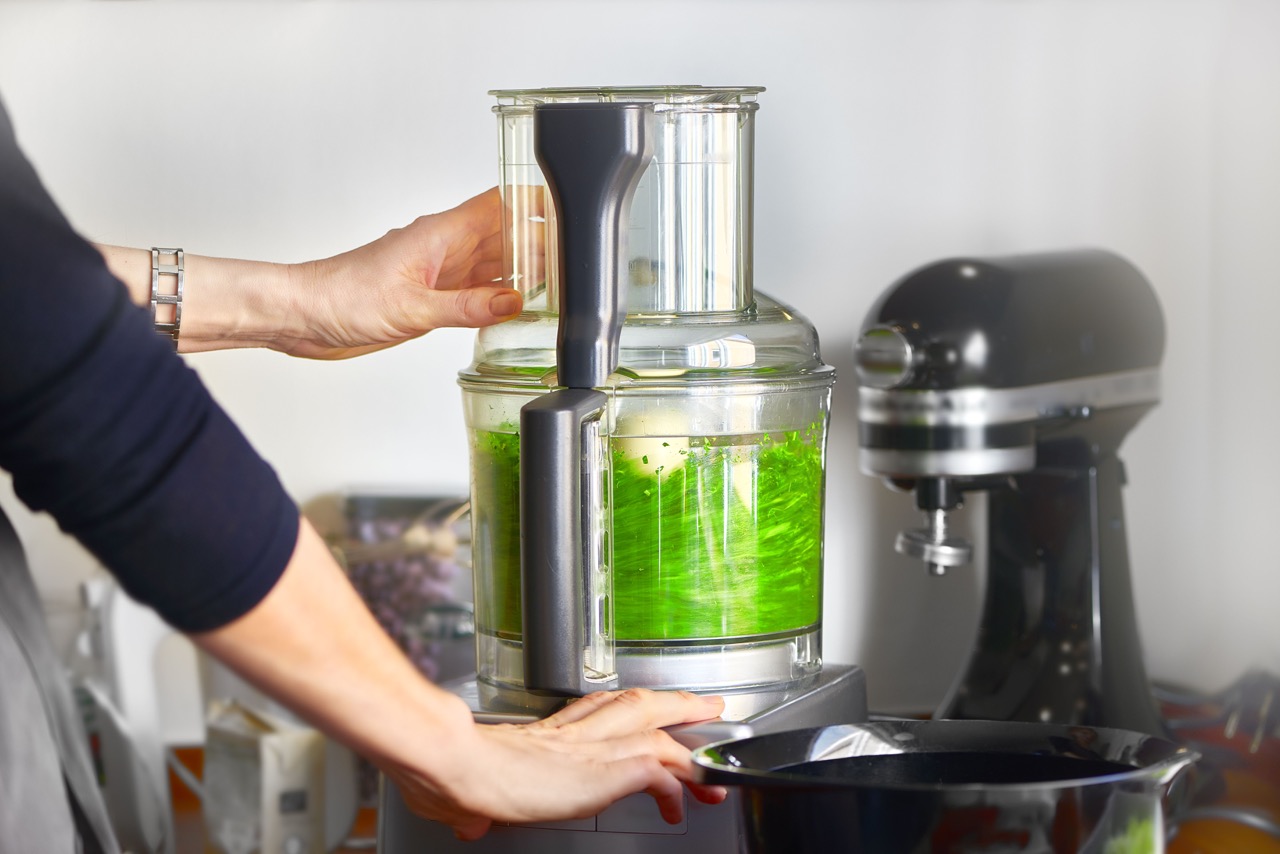
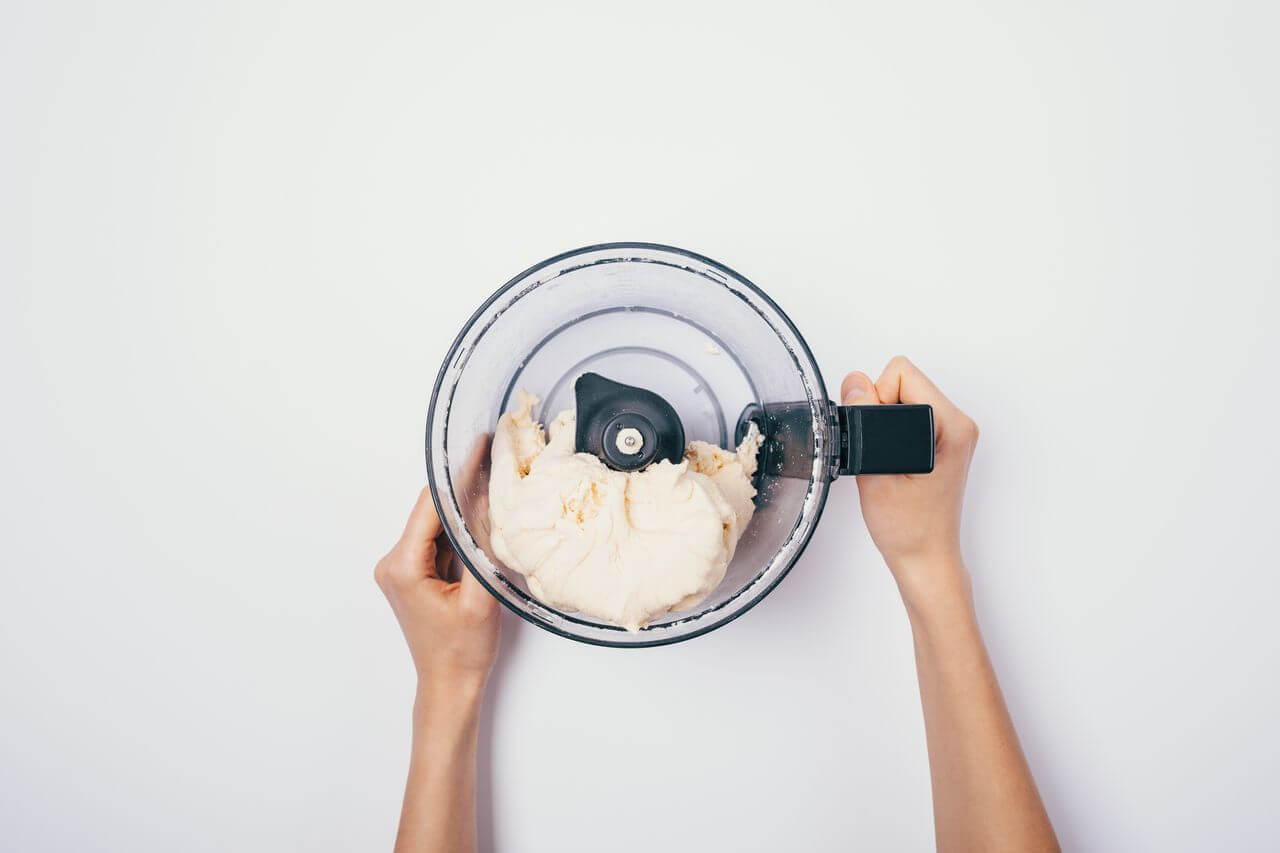
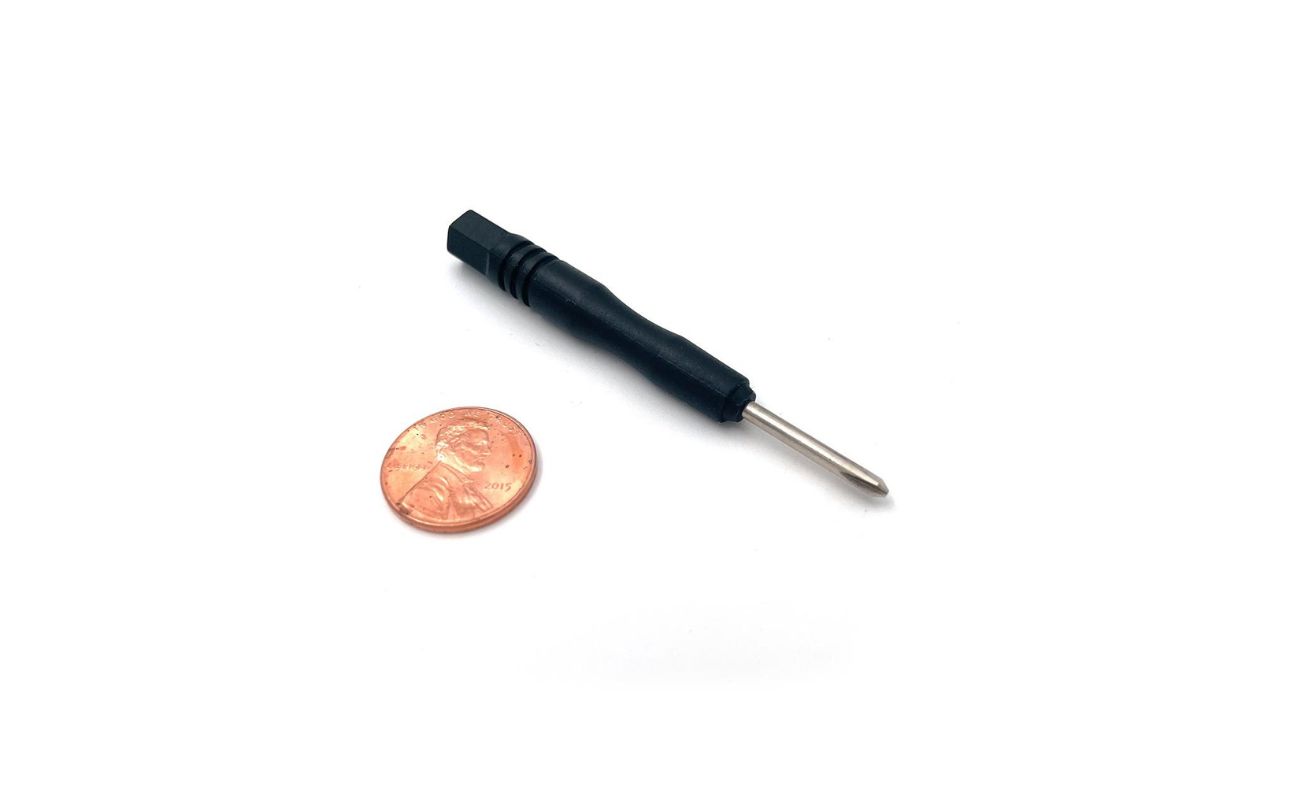
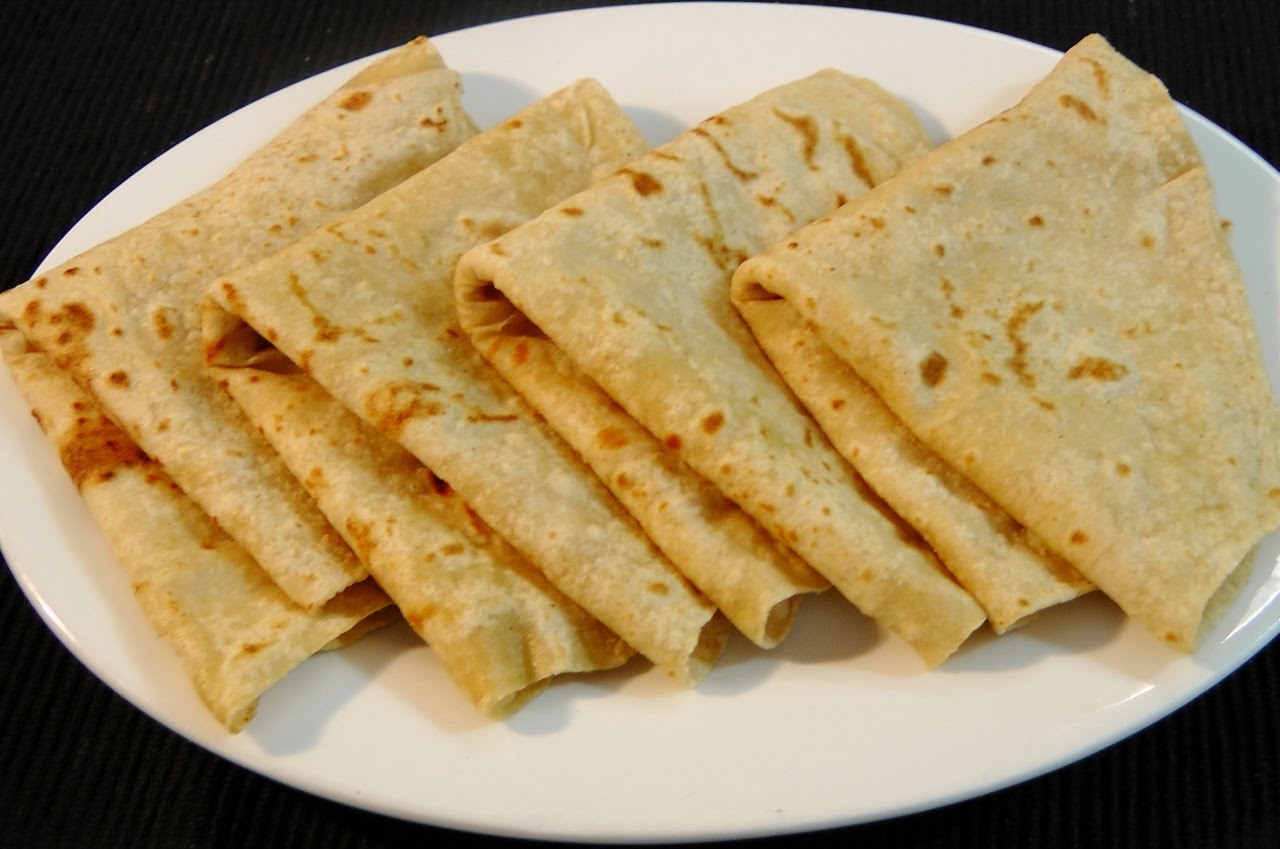
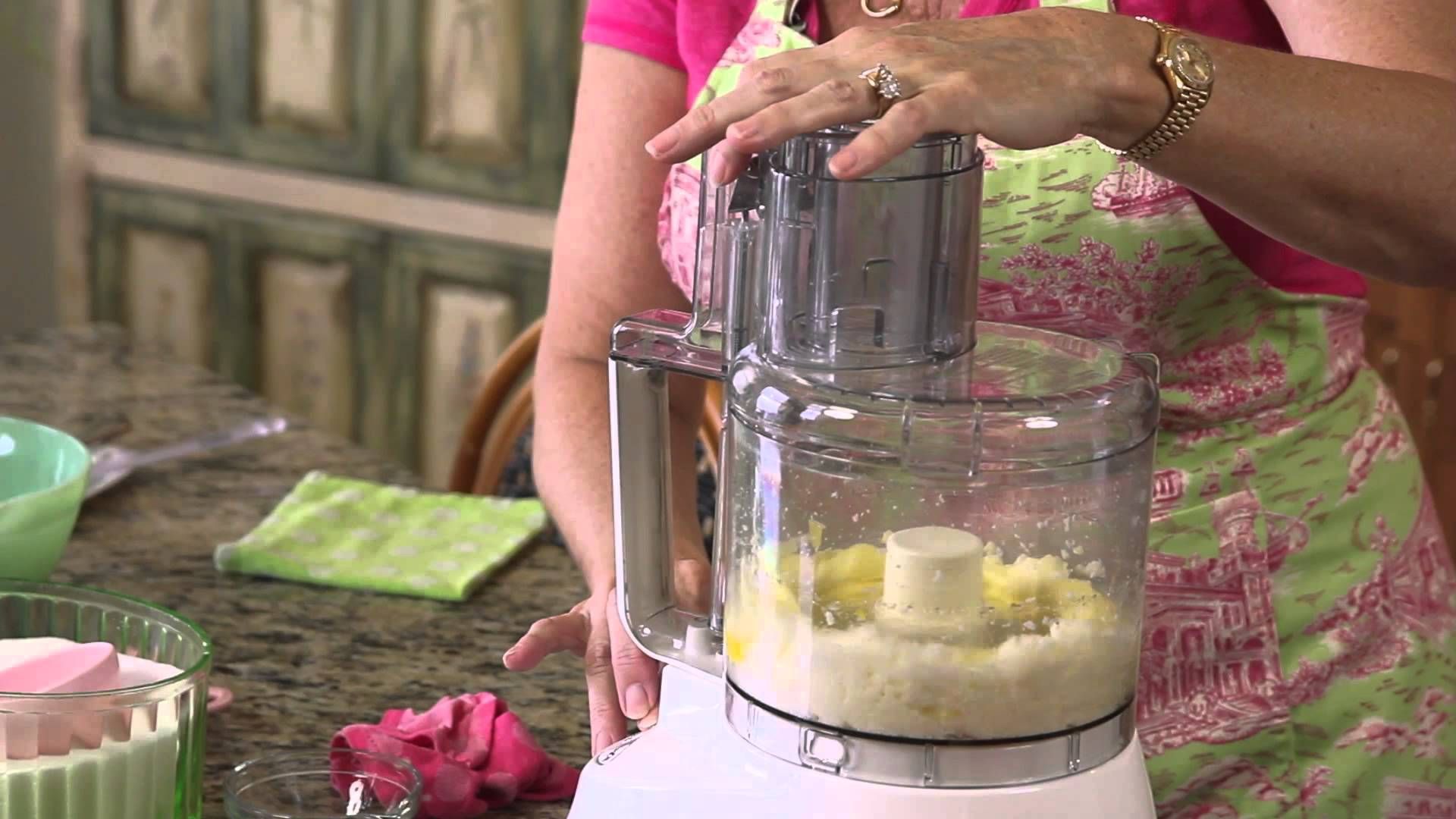
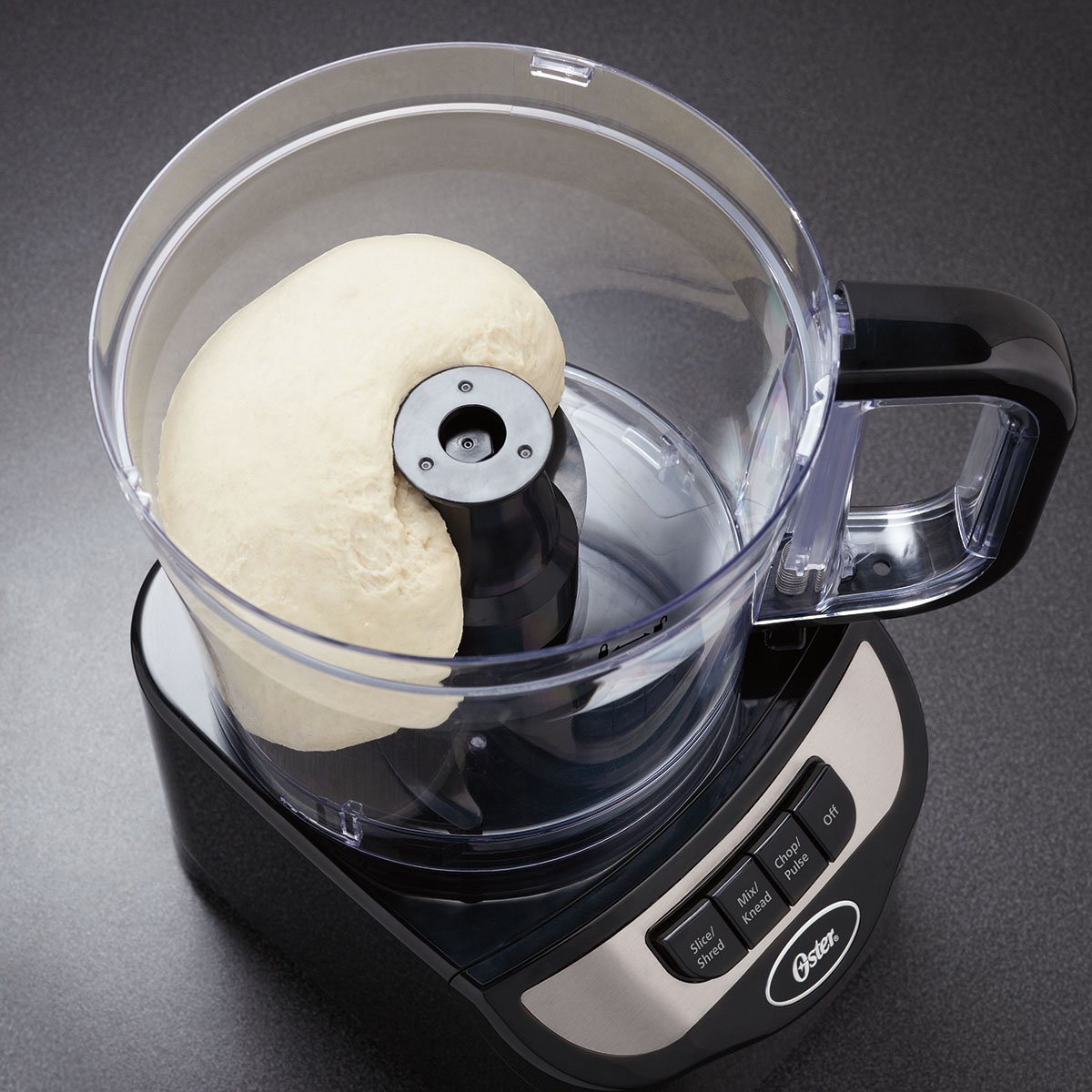
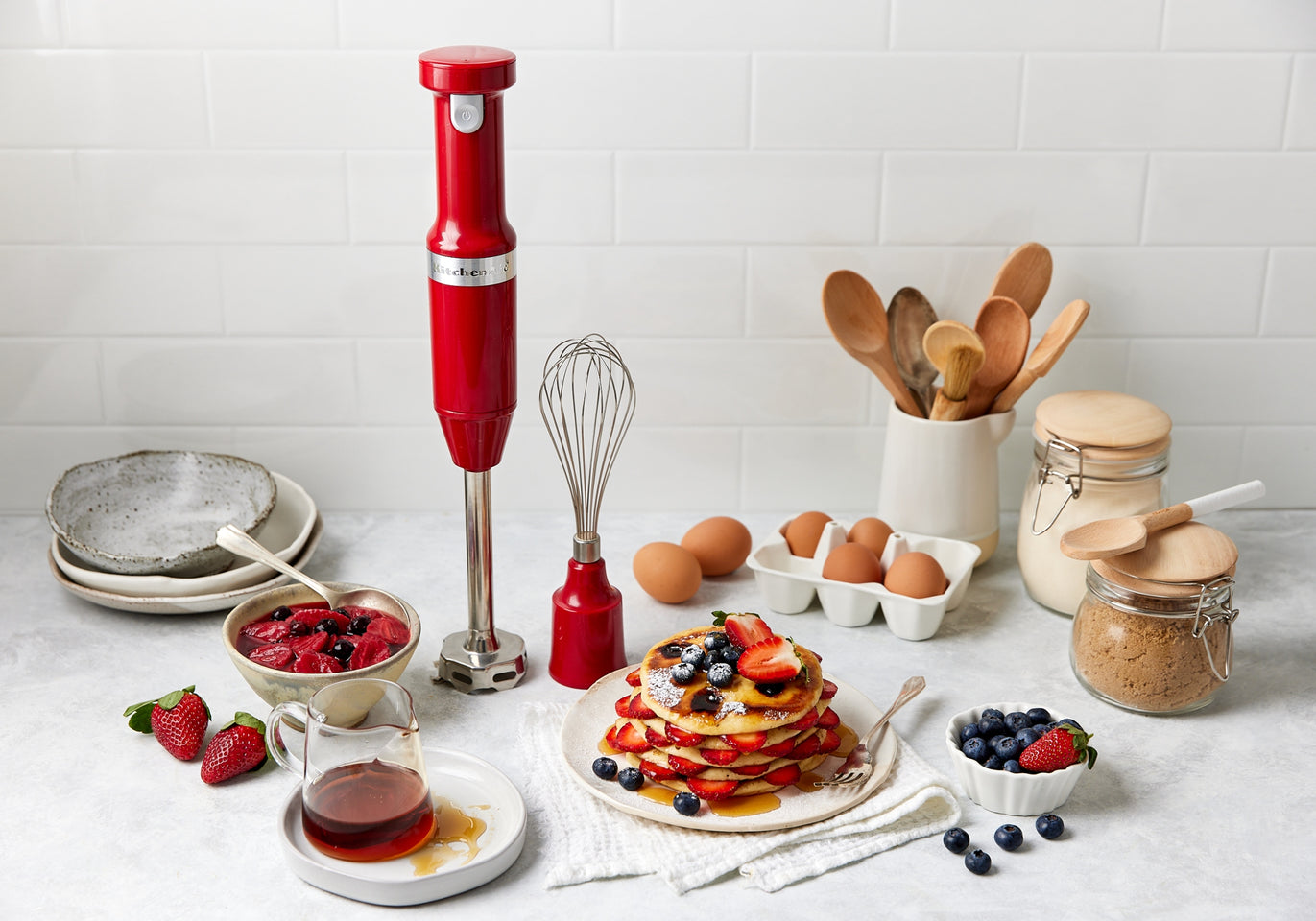

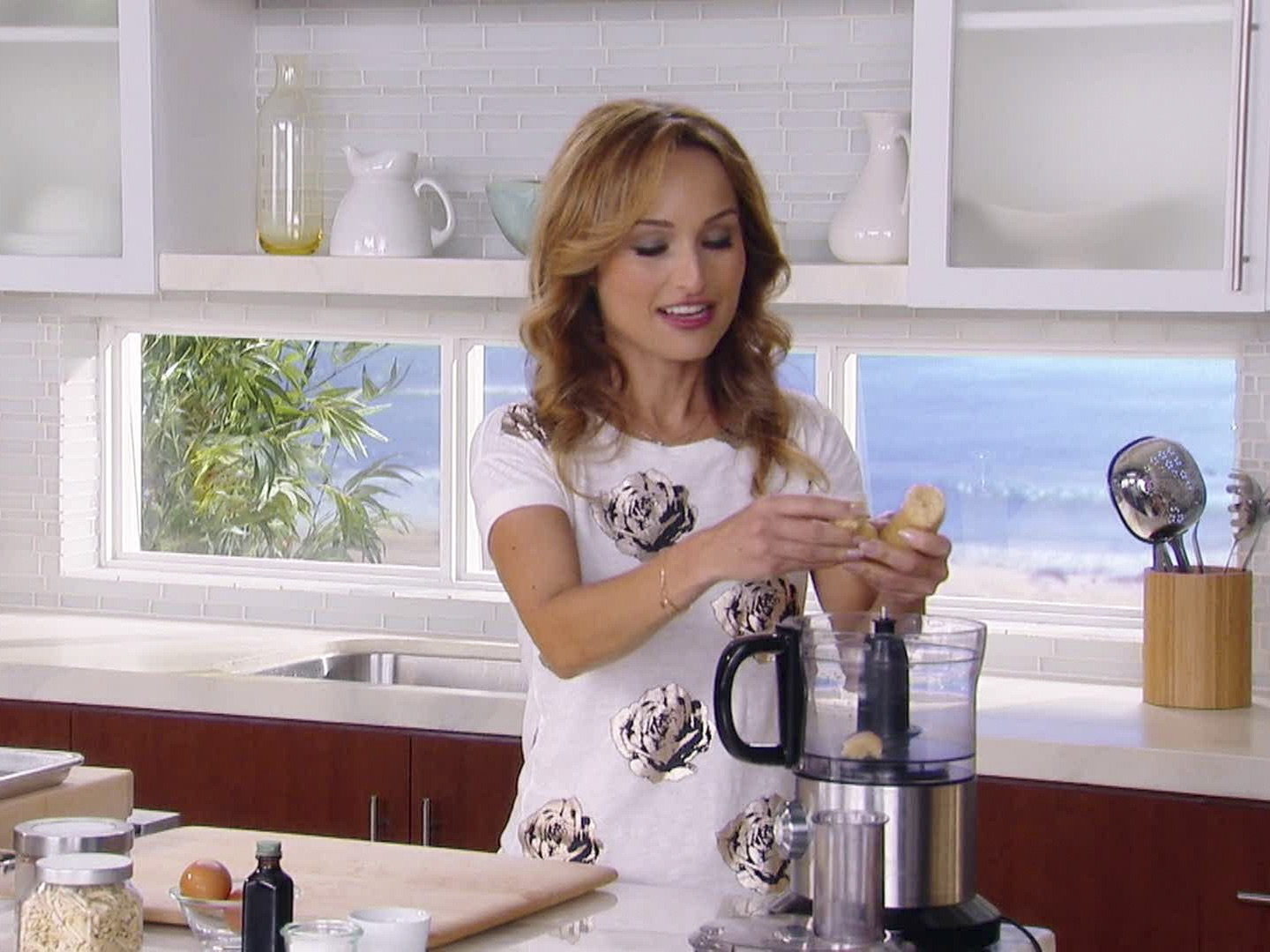
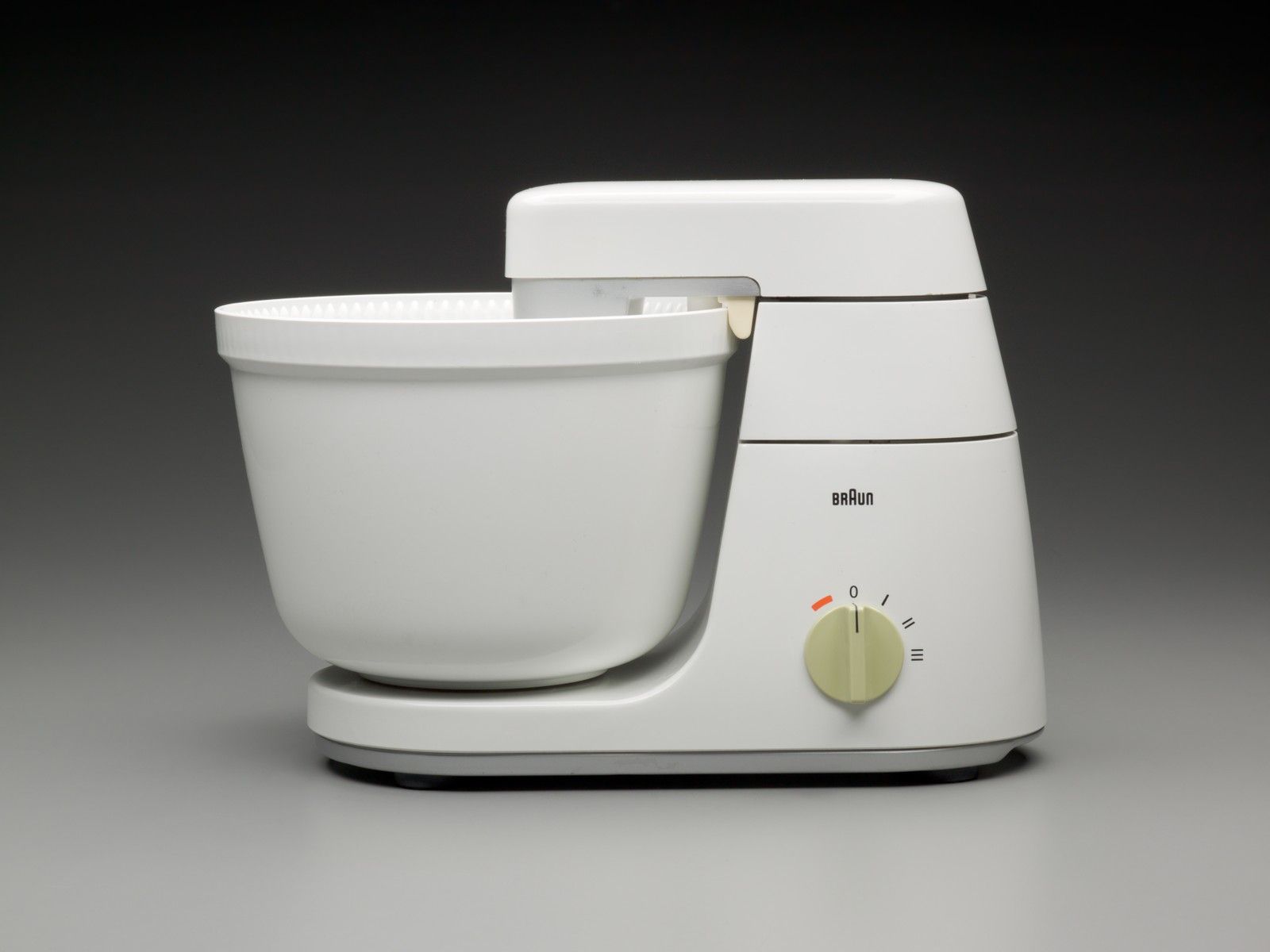
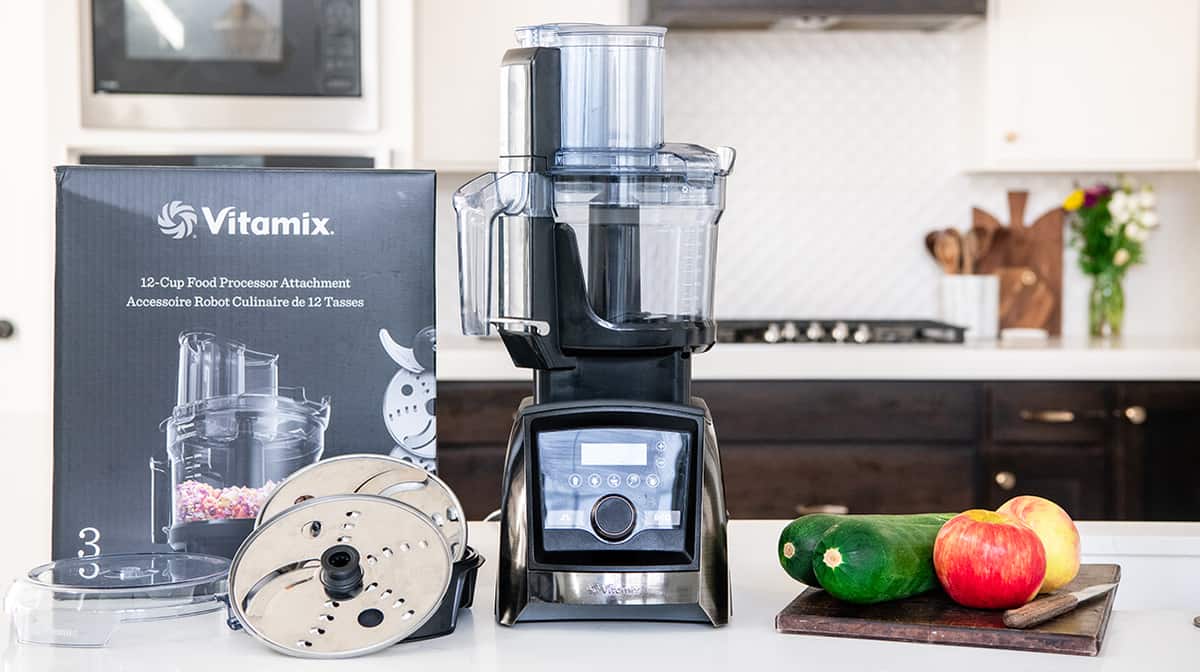
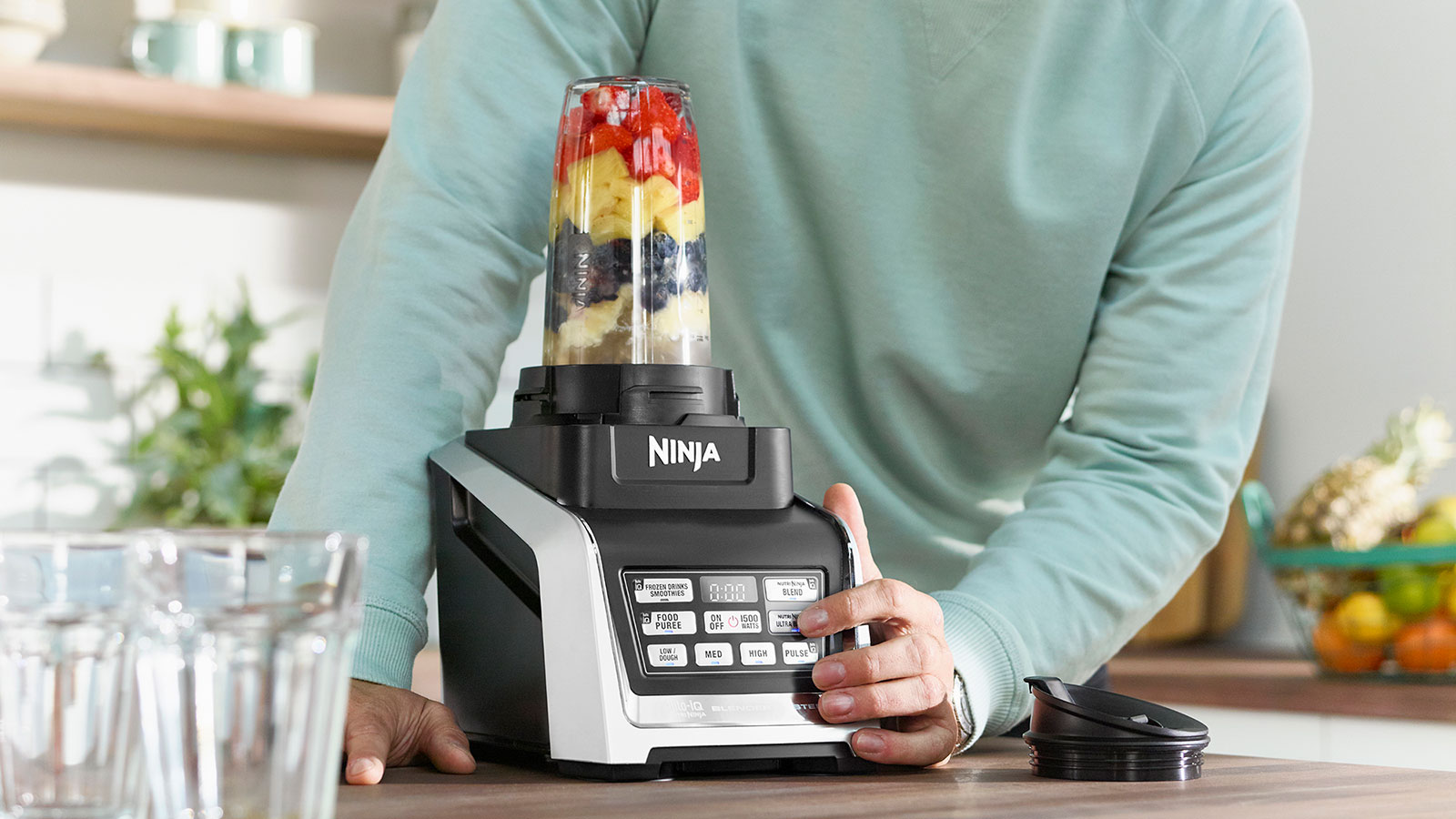
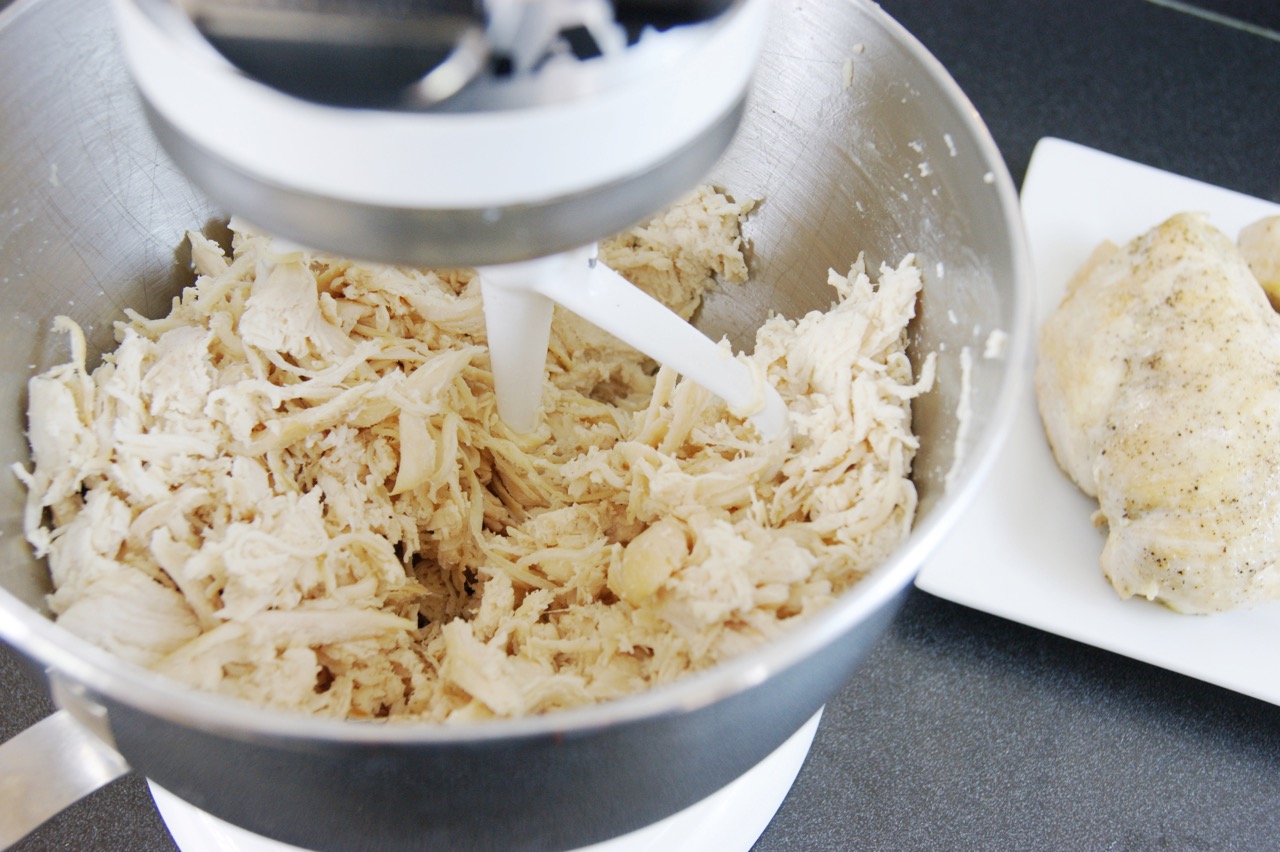
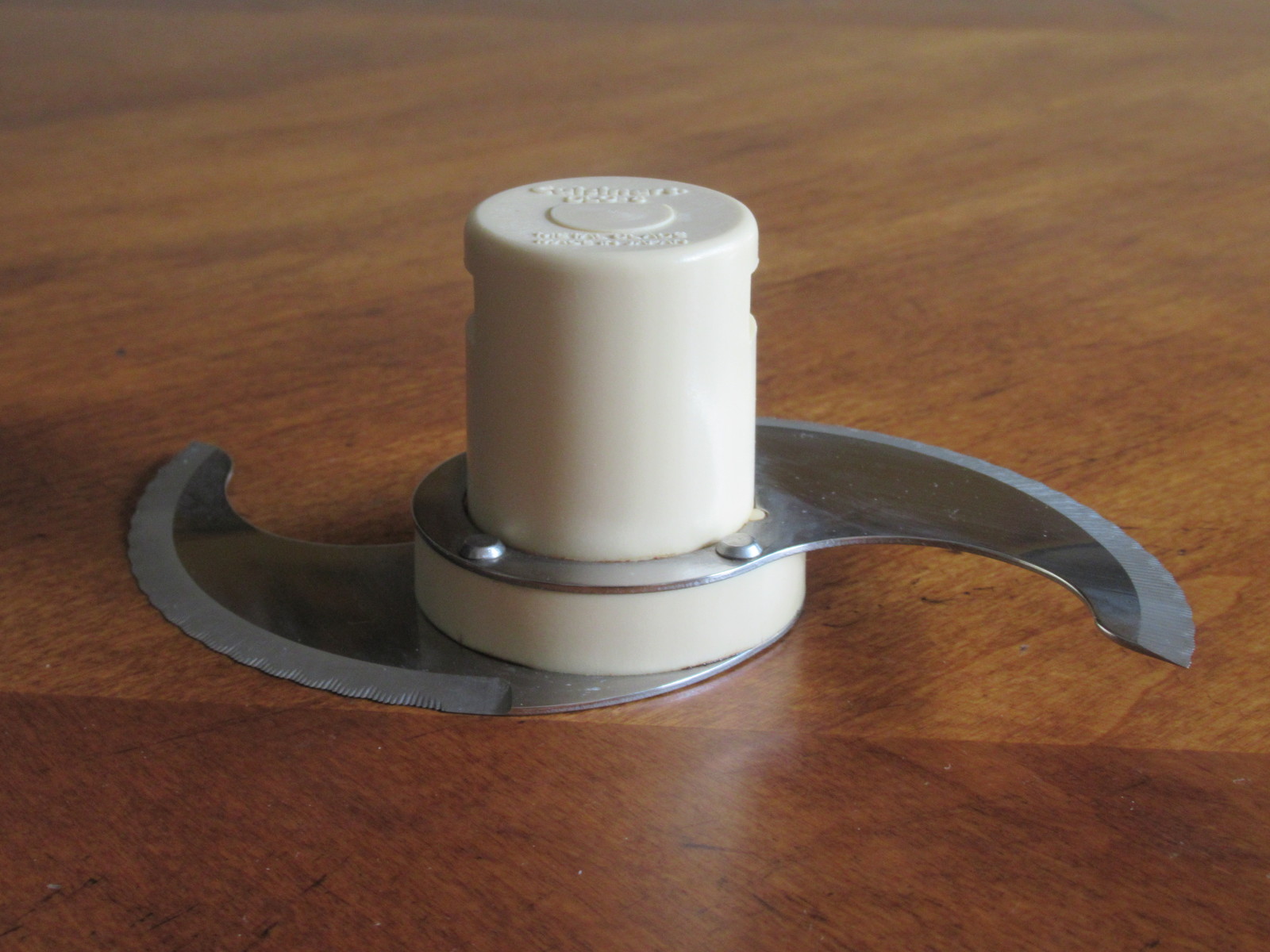

0 thoughts on “What Can I Use If I Dont Have A Food Processor For Dough”